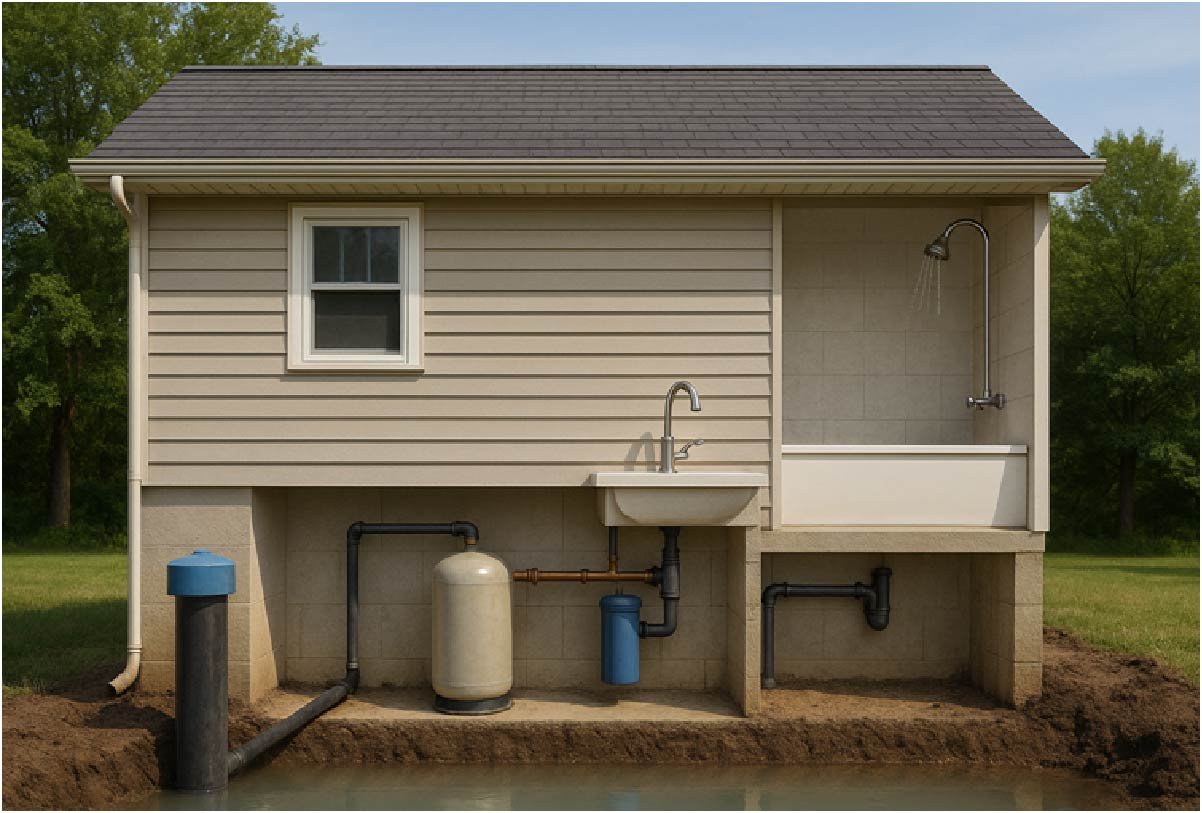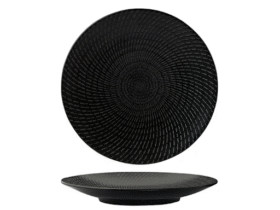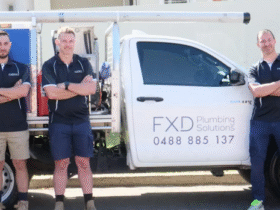Contemporary times have witnessed an escalating demand for environmentally-friendly living. Hence, homeowners are looking for alternatives to lower their energy use. One major revolution today is the development of non-electric water systems. Such systems offer environmentally-sustainable alternatives for maintaining water needs in a house. They not only conserve energy but also ensure availability of clean water.
Understanding non-electric water systems
A diverse array of technologies comprises non-electric water systems that operate without electricity. The systems encompass rainwater harvesting techniques alongside gravity-fed filtration methods and manual pump operations. These systems deliver dependable water supplies, yet reduce environmental impact. The appeal of these systems grows stronger as climate change impacts become more severe. They assist homeowners in adjusting to changing weather conditions and water availability.
Benefits of non-electric water systems
Harnessing non-electric water systems has proved sustainable. It saves on energy consumption and utility bills. Thus, the homeowners will save money and the environment. Most of these systems also do not require as much maintenance when compared to the traditional electric systems. The simplicity of these systems makes them an attractive solution for families.
In addition, non-electric water systems improve the quality of water. For example, rain collection systems gather and clean rainwater for irrigation and household use. This way, you can protect your family with clean water systems that cover your whole home. Families feel assured they are provided with safe water.
The role of technology in non-electric systems
Though non-electric systems might appear old-fashioned, technology is key to their success. New filtration techniques, like ceramic filters and UV purification, dramatically improve water quality without the use of electricity. These innovations open the door for more non-electric solutions homeowners can easily adopt. They can enjoy the benefits of clean water without the complexities of electric systems.
Besides, material developments have improved the lifespan of non-electric systems. For example, high-quality rainwater collection tanks are available now. They are designed to remain in good condition under harsh weather. The tanks make it possible for families to have a continuous water supply all year round.
Overcoming challenges
However, non-electric water systems also present certain disadvantages. The most fundamental problem is that of public perception. Homeowners are used to electric systems and sometimes are reluctant to switch. Education has an imperative role to play so that families can understand the benefits of using non-electric systems. Community workshops and information resources can be significant in this process.
Local regulations also impact the adoption of alternative rainwater systems. In certain states, there are strict regulations concerning the collection of water and its use. As such, homeowners need to be aware of these to navigate the regulations required to implement non-electric measures. Advocacy for better policies would also promote such systems.
All in all
One major move toward sustainable living is the development of non-electric water systems. These systems provide energy savings and superior water quality. Demand for non-electric options will keep rising as more families see the need for clean water. Welcoming these systems can help everyone toward a more sustainable, better future.

















Leave a Reply